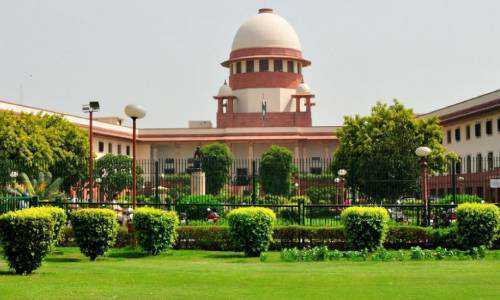
The question of whether the Limitation Act, 1963 applies to cases brought under the Insolvency and Bankruptcy Code, 2016, before the effective date of the Insolvency and Bankruptcy Code (Second Amendment) Act, 2018, was examined by the Honourable Supreme Court of India on October 11, 2018, in the case of B.K. Educational Services Private Limited v. Parag Gupta.
In the instant case titled B.K. Educational Services Private Limited v. Parag Gupta . The issue raised for clarification before the Supreme Court was:Whether the Limitation Act is applicable to requests made in accordance with Sections 7 and/or 9 of the Code from its inception on December 1, 2016, until June 6, 2018—the date the Amendment Act entered into force.
According to the ruling, "Article 137 of the Limitation Act is attracted" because "the Limitation Act is applicable to applications submitted under Sections 7 and 9 of the Code from the start of the Code." The Court effectively decided that beginning on December 1, 2016, applications made under Sections 7 and/or 9 of the Code will be covered by Section 238A of the Act. There has been no issue with the decision up to this date.
However, the Court goes on to say that when a default happens, "the right to suit" thereafter accrues. The application would be prohibited under Article 137 of the Limitation Act if the default had happened more than three years prior to the date of filing, with the exception of circumstances where Section 5 of the Limitation Act might be used to excuse the delay in making the application.The Court categorically stated that,
"The Code cannot be triggered in the year 2017 for a debt which was time-barred, say, in 1990, as that would lead to the absurd and extreme consequence of the Code being triggered by a stale or dead claim"The aforementioned recommendations would eliminate any uncertainty when starting Corporate Insolvency Resolution Proceedings and would guarantee that expired, barred, or dead claims cannot be revived or re-agitated.

